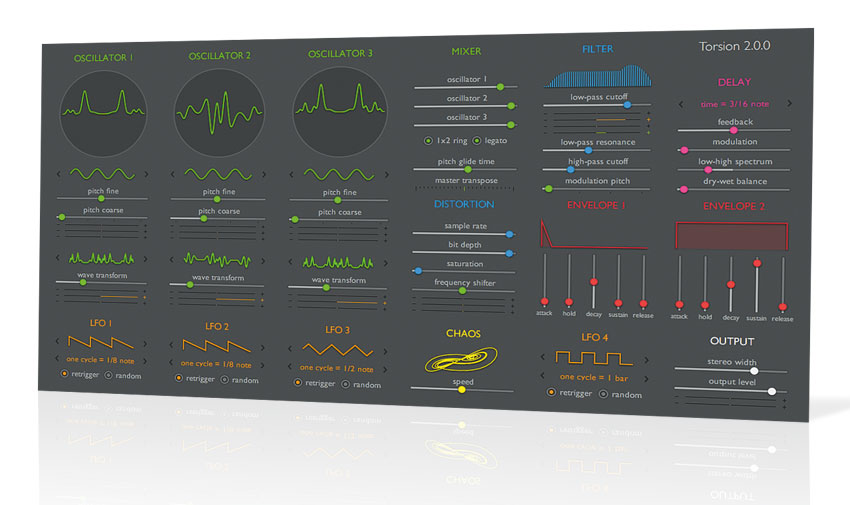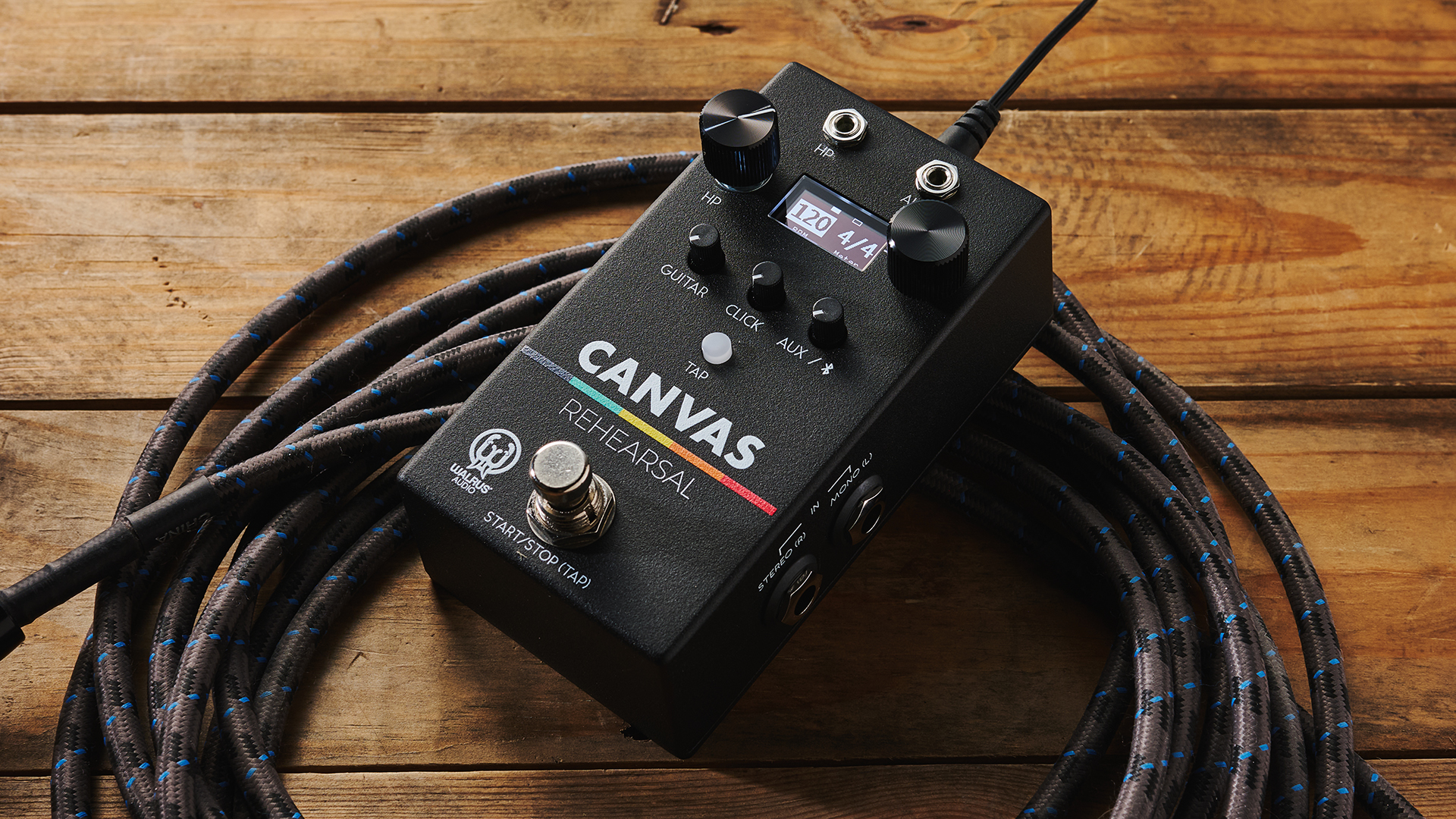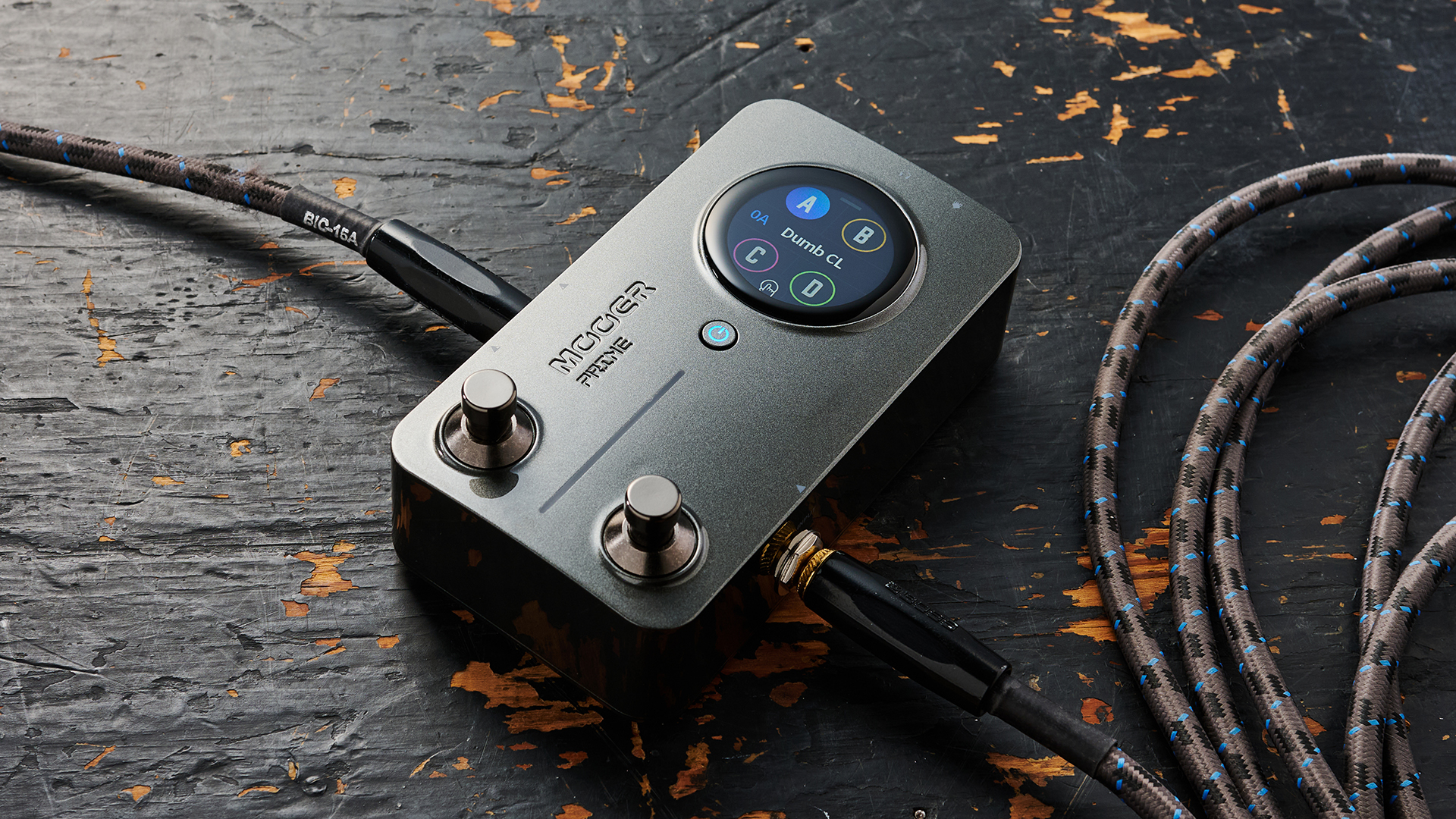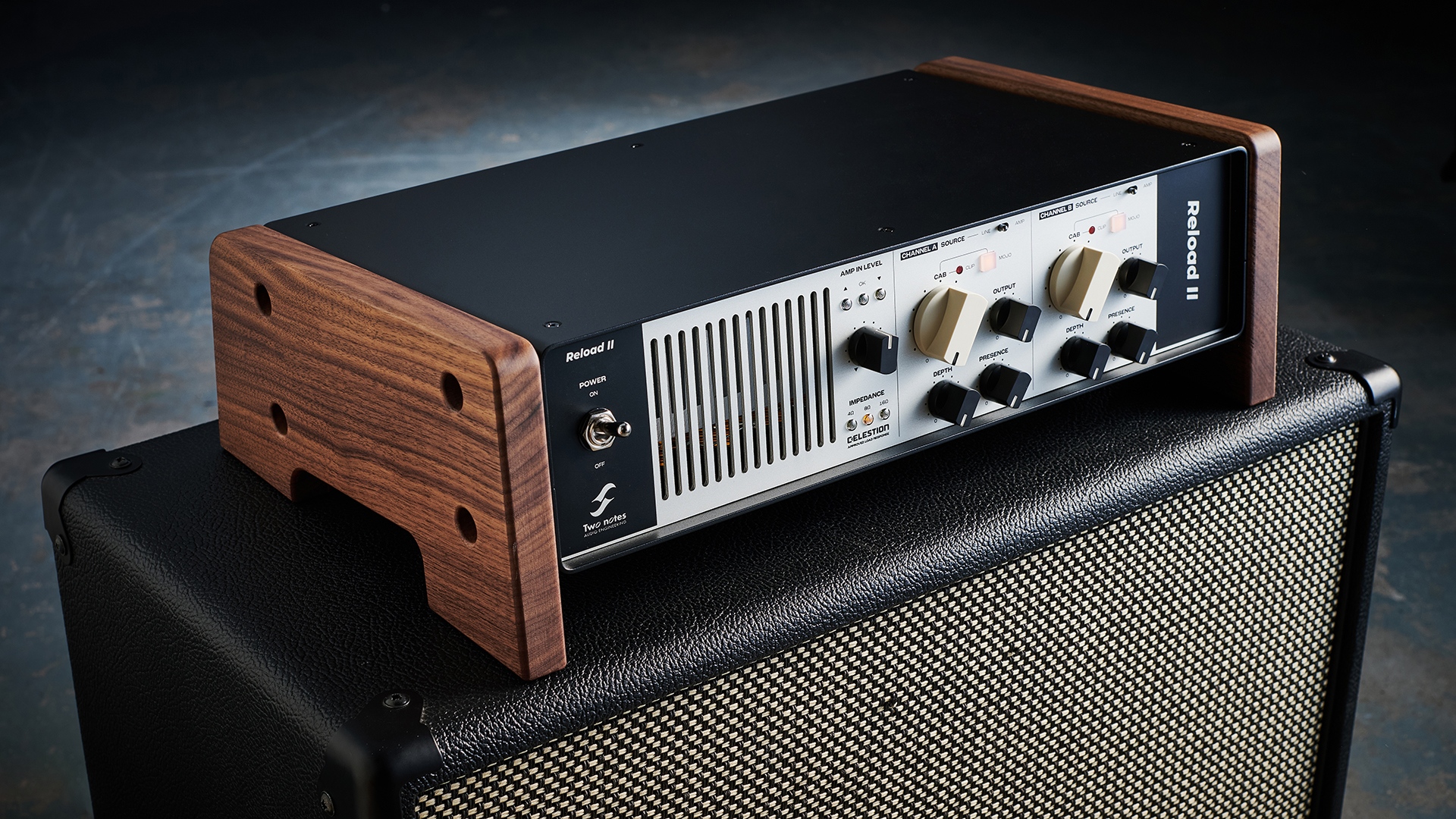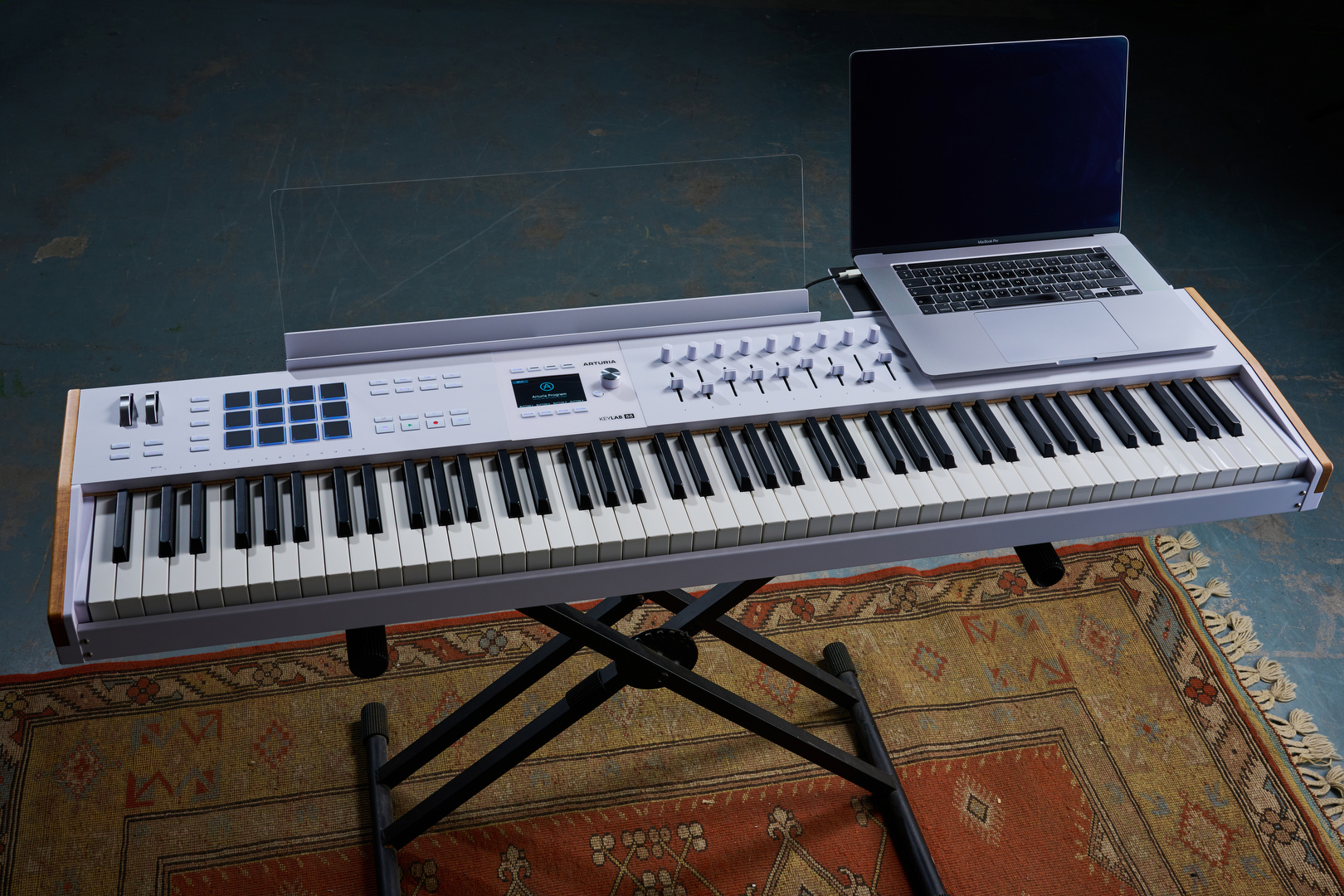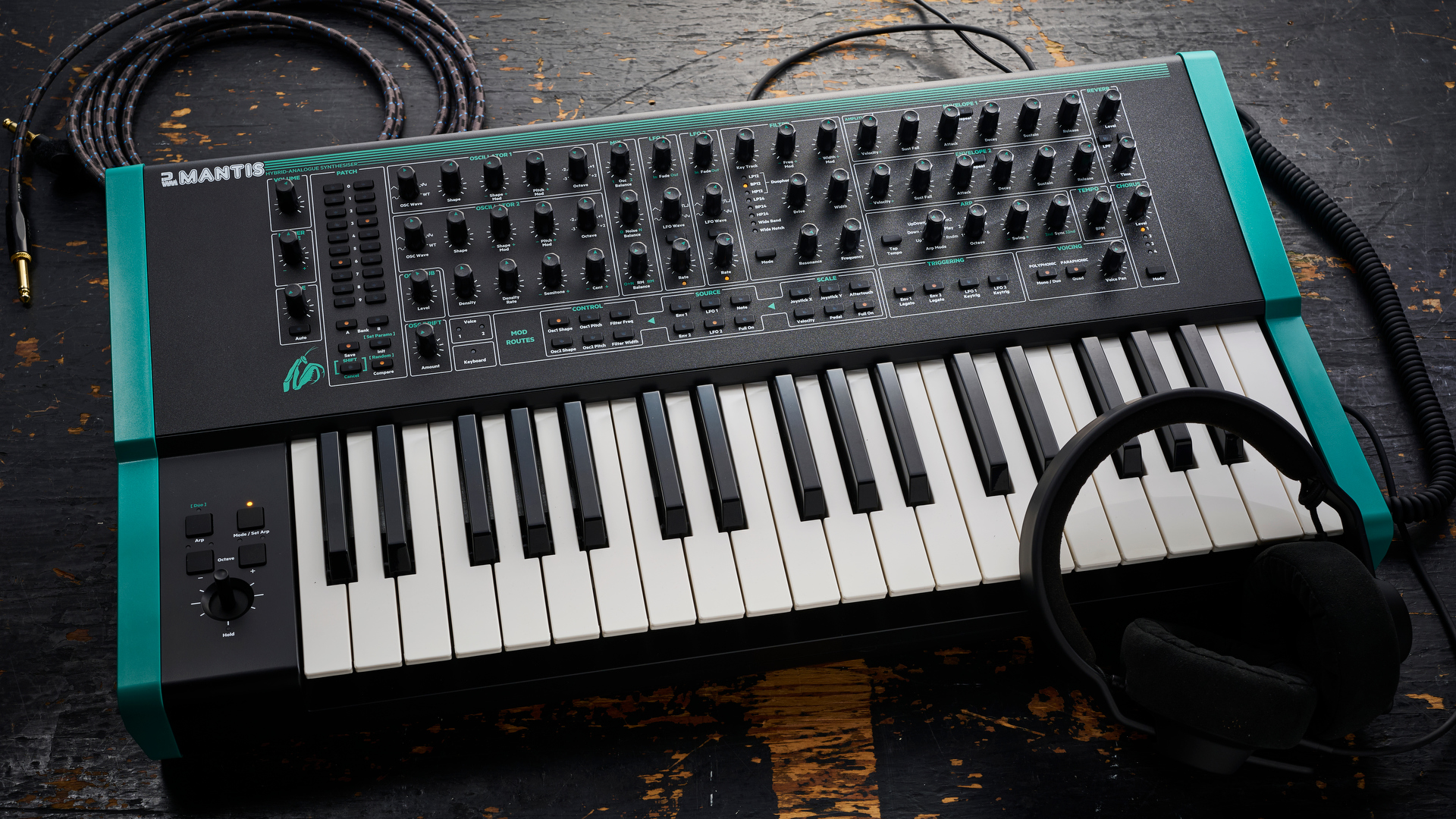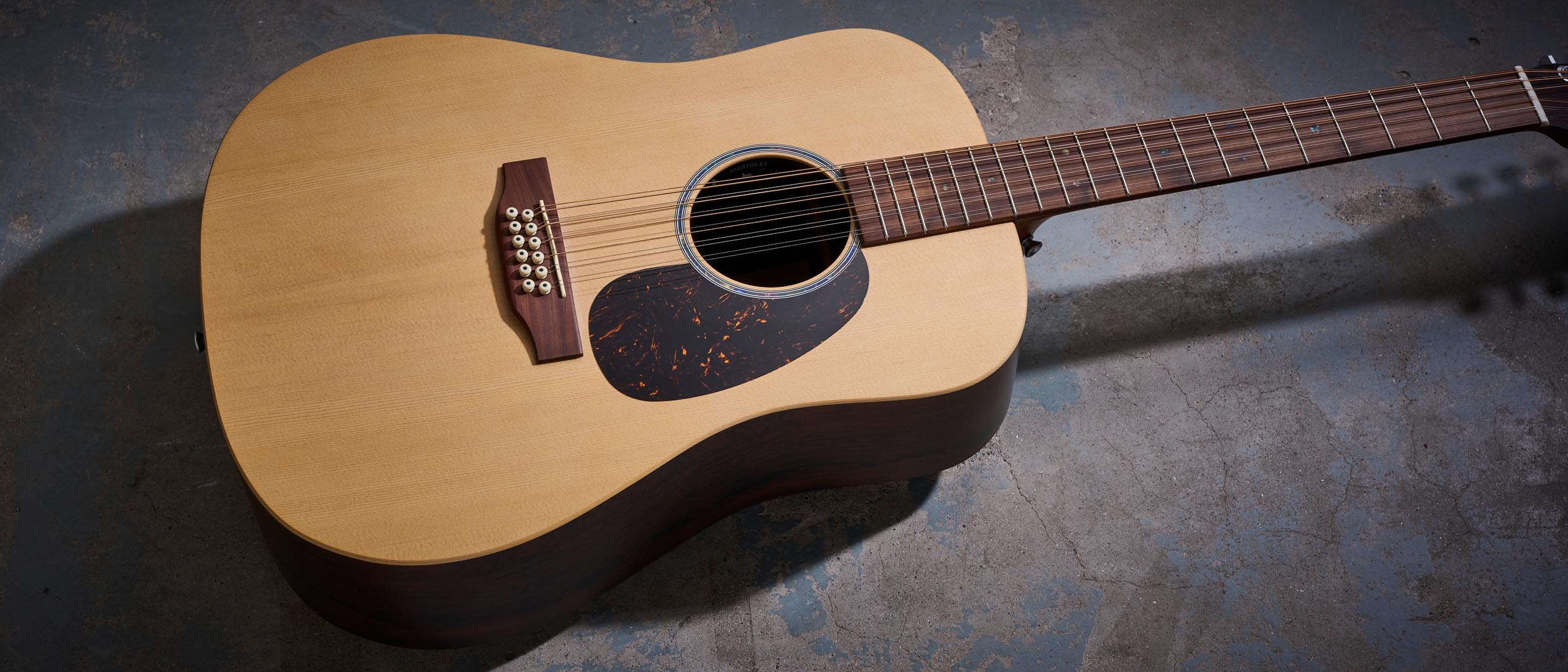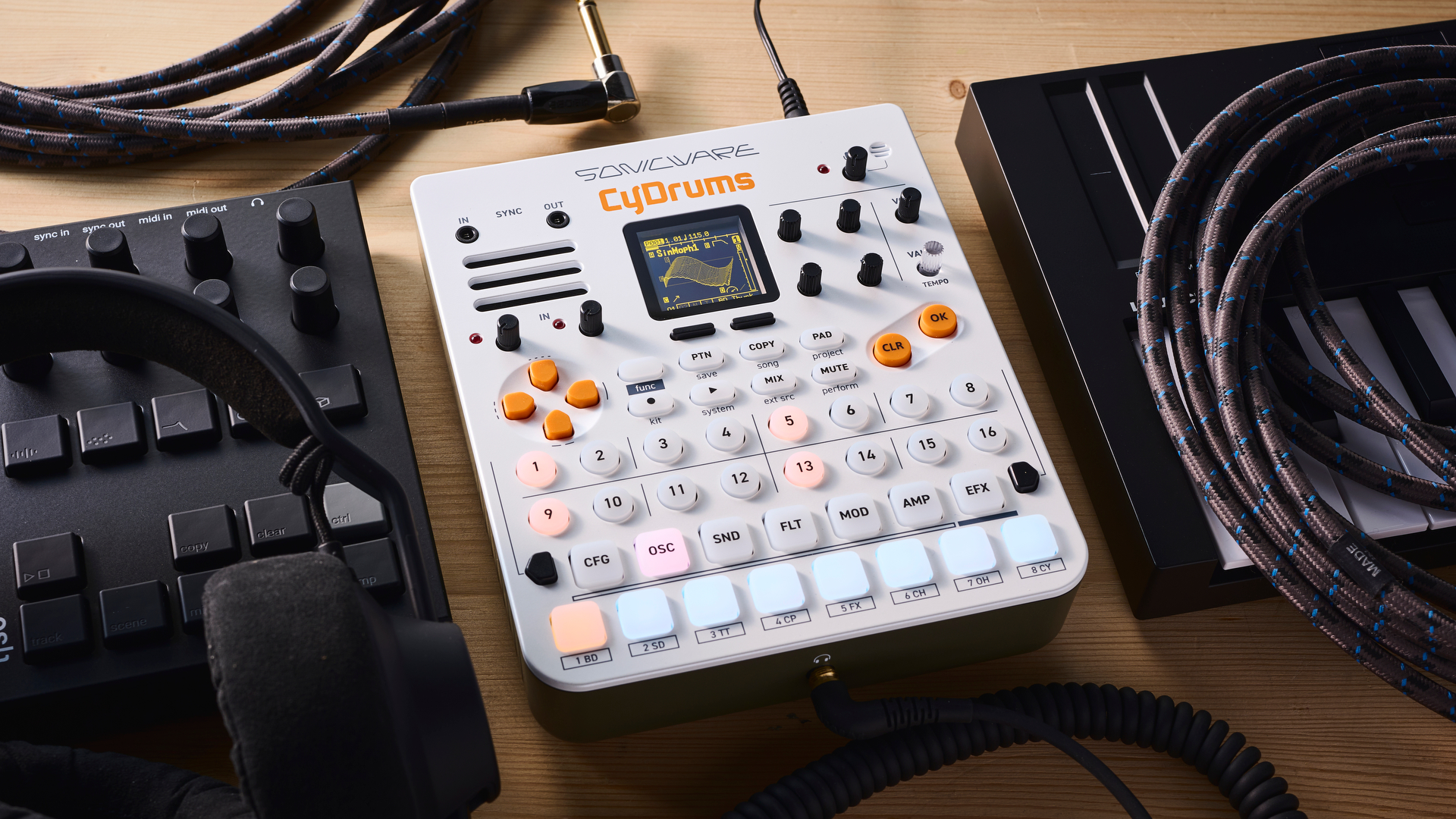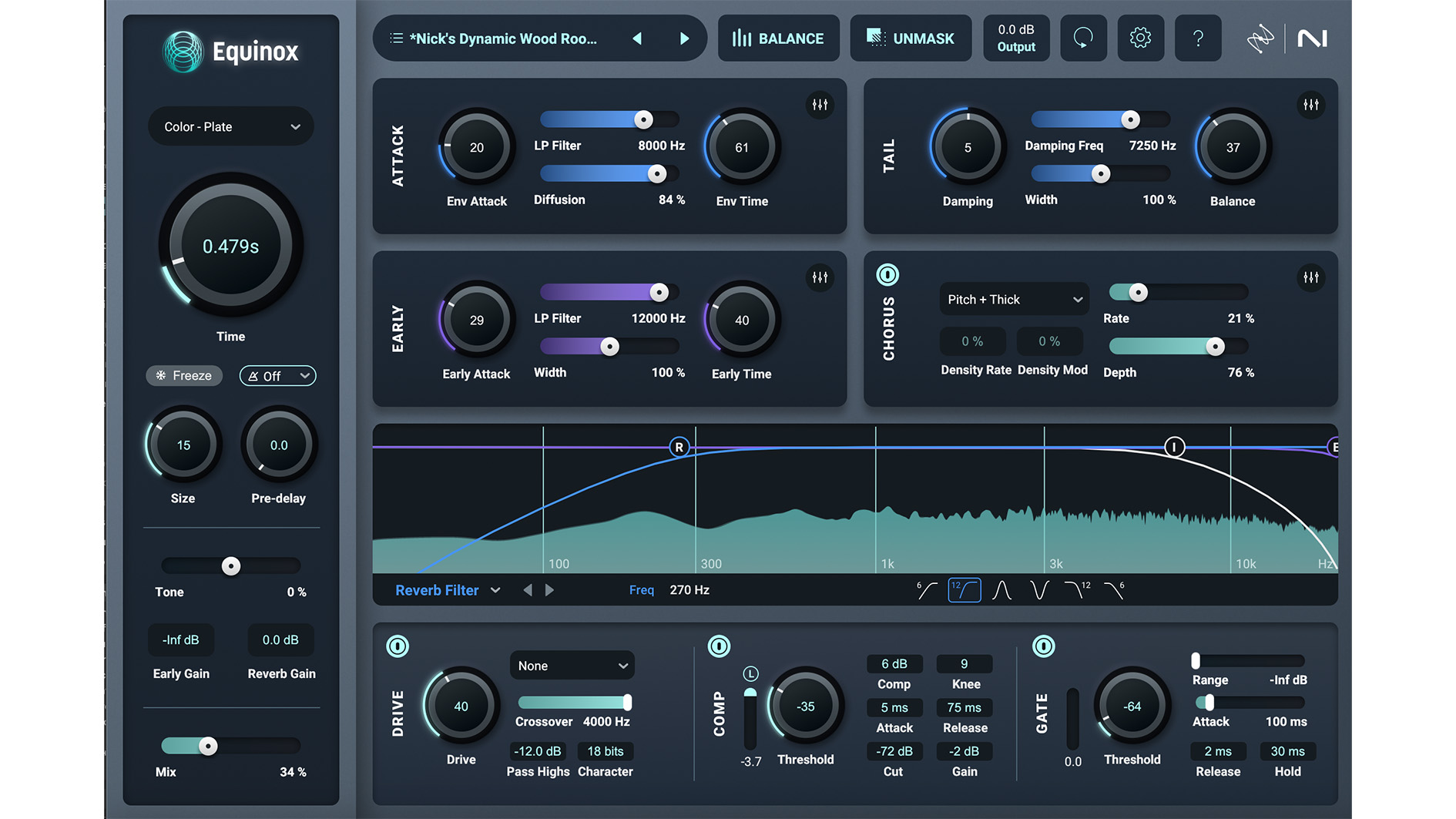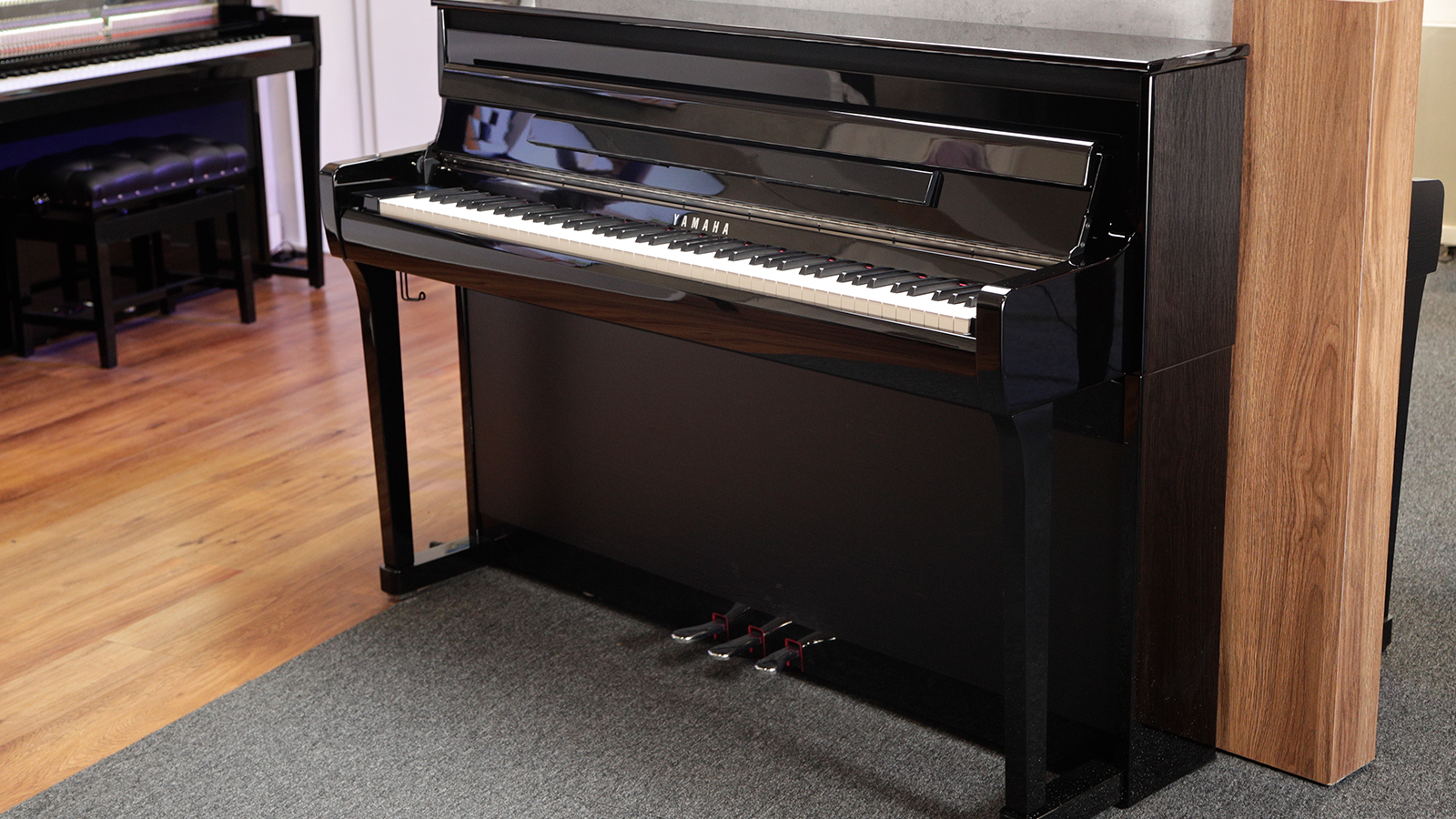MusicRadar Verdict
Version 2 makes Sinevibes' Torsion an even more appealing a proposition than it was already.
Pros
- +
New GUI. Improved oscillator control. Tasty effects modules. Free for V1 users.
Cons
- -
Not hugely flexible.
MusicRadar's got your back
In our original Sinevibes Torsion review, we scored Artemiy Pavlov's intriguing Audio Units hybrid monosynth 4/5, highlighting its deep modulation setup, versatile additive oscillators and nifty Chaos oscillator. Now, less than a year later, version 2 (a free update for registered users of v1) is with us, heralding a significant number of improvements.
The most obvious change is the GUI, which has been redesigned to bring it in line with Sinevibes' current streamlined ethos. It's calmingly grey, covered in legending (making it much easier to use) and does away with the previous dotted-line controls in favour of regular sliders and text-based LFO rate descriptors. While the animated LFO wheels have been lost in the simplification process, at least the oscillator levels are now reflected in the waveform displays, which may be more useful.
"Distortion is satisfyingly comprehensive, offering adjustment of bit depth and sample rate, as well as analogue-style saturation"
The oscillators now each feature fine pitch control and three octaves of pitch modulation range, while the LFOs can be run at 1/48 rate and have a mad new trapezoid wave option. Perhaps the most significant new addition, though, is a pair of all- new effects modules.
Distortion is satisfyingly comprehensive, offering adjustment of bit depth and sample rate, as well as analogue-style saturation and a wicked modulatable Bode frequency shifter. Delay is similarly well-conceived, with the Modulation slider introducing chorusing, the combined low-/high-pass filter enabling a good degree of tail frequency shaping, and Feedback and mix controls onboard.
Just like everything else in the Sinevibes catalogue, Torsion is focused, quirky, surprisingly intuitive and genuinely different. It's perhaps not the most flexible synth in the world, but it sounds ace, particularly when put to work on "character" basses, leads and effects - analogue with a digital edge.
Computer Music magazine is the world’s best selling publication dedicated solely to making great music with your Mac or PC computer. Each issue it brings its lucky readers the best in cutting-edge tutorials, need-to-know, expert software reviews and even all the tools you actually need to make great music today, courtesy of our legendary CM Plugin Suite.
“He seems to access a different part of his vast library of music genre from the jukebox-in-his-head! This album is a round-the-world musical trip”: Joe Bonamassa announces new album, Breakthrough – listen to the title-track now
"The Rehearsal is compact, does its one job well, and is easy to navigate without needing instructions": Walrus Audio Canvas Rehearsal review
“The EP635 delivers the unmistakable high-gain aggression and clarity that Engl fans love”: Engl packs its iconic Fireball head into a compact dual-channel stompbox with onboard noise gate and IR support
